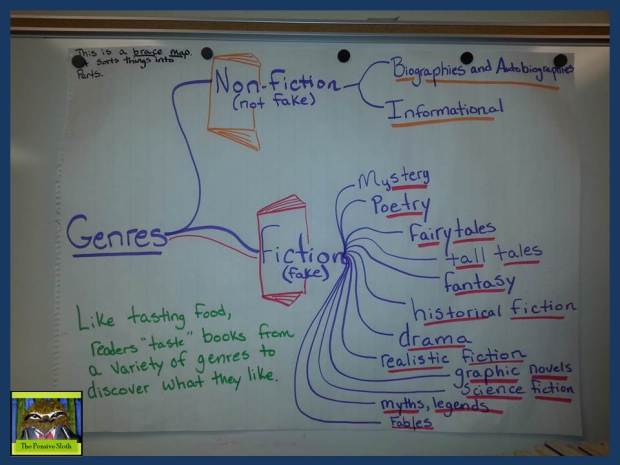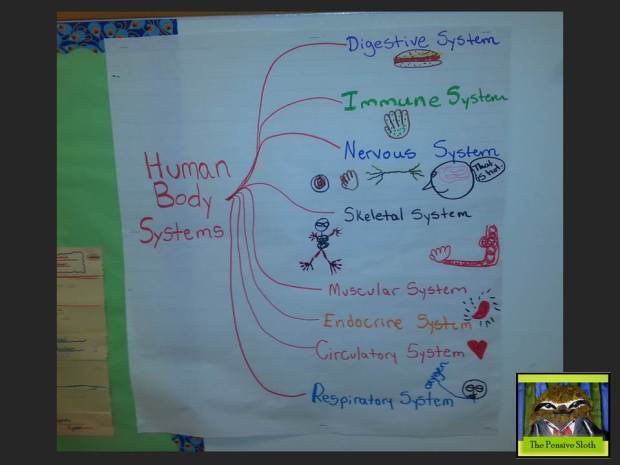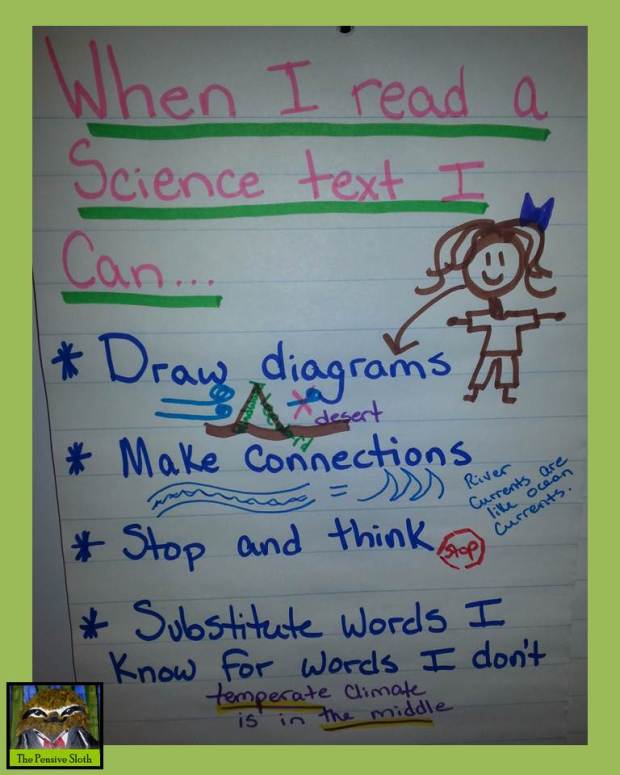
3 ways The Reading Zone, by Nancie Atwell, has changed my classroom
My principal recommended Nancie Atwell’s book, The Reading Zone, at a meeting early in the year and I finally got around to checking it out. I’d heard of it before, and that it was great, but the recommendation was just the encouragement I needed! I have to say that it is one of the few teacher books I have read cover to cover. As a habitual skimmer, I usually just read the parts that fit my classroom, but all of this stuff was relevant, and Atwell’s honesty is refreshing. Here are three things I am now doing consistently that have changed my classroom.
FIRST, I am giving my kiddos time to get into ‘the zone.’ This means that we read every day. For 30 minutes. Every day. I don’t skip independent reading to make up teaching time because there is an assembly or field trip. It is too important. Atwell stresses the importance of voluminous reading, and in the 5 short weeks I have devoted to daily reading, my students have already been lost in books for 750 minutes and they are behaving like readers. It wasn’t instant reading zone magic. I started the year with great intentions, but I wasn’t consistent with reading time and my kids weren’t living as readers. They weren’t prepared with books to read because they weren’t sure they would have time in class to do so. Despite the ‘Independent Reading’ anchor chart on my wall, they still asked to go to the nurse or library or restroom or chatted or got up for tissues or to switch books or drew pictures… They don’t do this anymore because they come to class with books they plan to read and THEY hold this time to be as precious as I do. It took about 2 weeks of consistent independent reading time before this happened, but you can hear a pin drop in my room while we are all reading, and an occasional giggle from someone who is reading something silly. The routine is set and it takes about one minute for everyone to settle down to read, and then the magic happens.

NOOO! You mean it is time to stop reading?
SECOND, my students and I are really talking about books. Atwell does a great job of explaining the conferences she has with students, but I didn’t start out conferencing during reading time. I started out reading independently with my students. First, I didn’t want to circulate about the room and disturb anyone until I knew my kiddos were able to dive into a book and ignore my moving about. The other reason I started reading independently during this time is because I wanted my kids to see what it looked like to be in the zone. I sat in a chair and read the entire time. I wanted them to see that I thought reading was important, more important than grading papers or setting up for science. It was important to spend time lost in a book. After a few weeks, I started walking around and conferencing with my students. Atwell does a great job explaining the reading conference. It’s not fancy, just a quick discussion with each reader. Some discussions are longer than others, but most are drive-thru chats and I’ve learned so much about what my kids are reading and why. I have learned who has books of their own at home, that my class really loves series books, and that they talk to each other about what they are reading. In fact, this is how most of them decide what to read next.

In the book, “The Reading Zone,” Atwell has a page of reading conference starters. I carry a copy on my clipboard as I chat with my kiddos. It is very well organized!
THIRD, we have started weekly book talks. Basically, a few readers advertise their books to the class. Students who have a book they think others should read spend a few minutes telling us about it, without giving too much away. A few kids ask questions about who the author is, if we have the book in our library, and if they can have the book next! The speaker shows us the cover on the projector so that anyone who wishes can add it to their ‘someday reading lists.’ It is great fun and is a super easy way to encourage readers.
I plan to add reading letter-essays to my classroom like Atwell uses to converse with her readers more formally, but I’m taking things one step at a time.
If you read but ONE book this semester, I suggest this one. Go forth and inspire your readers!

What is that fabulous book?







